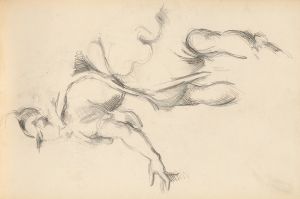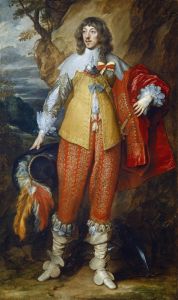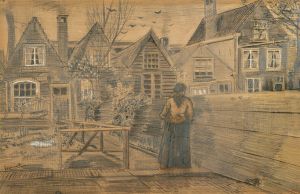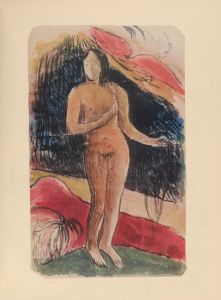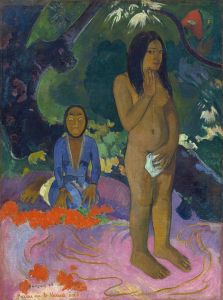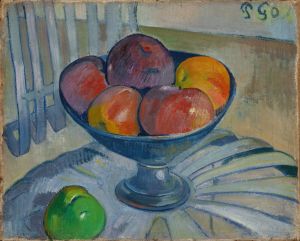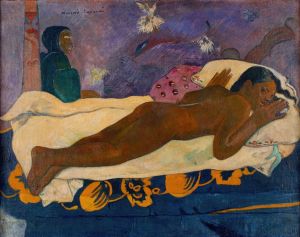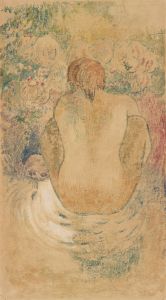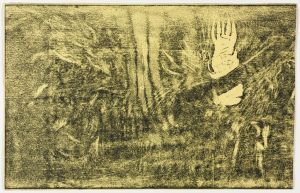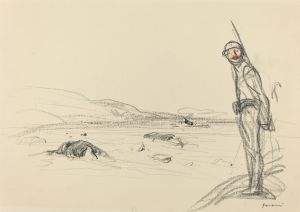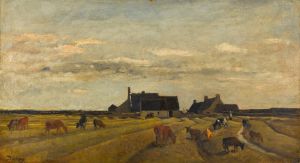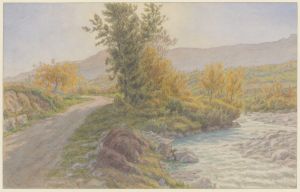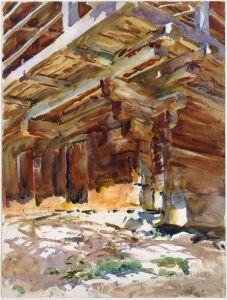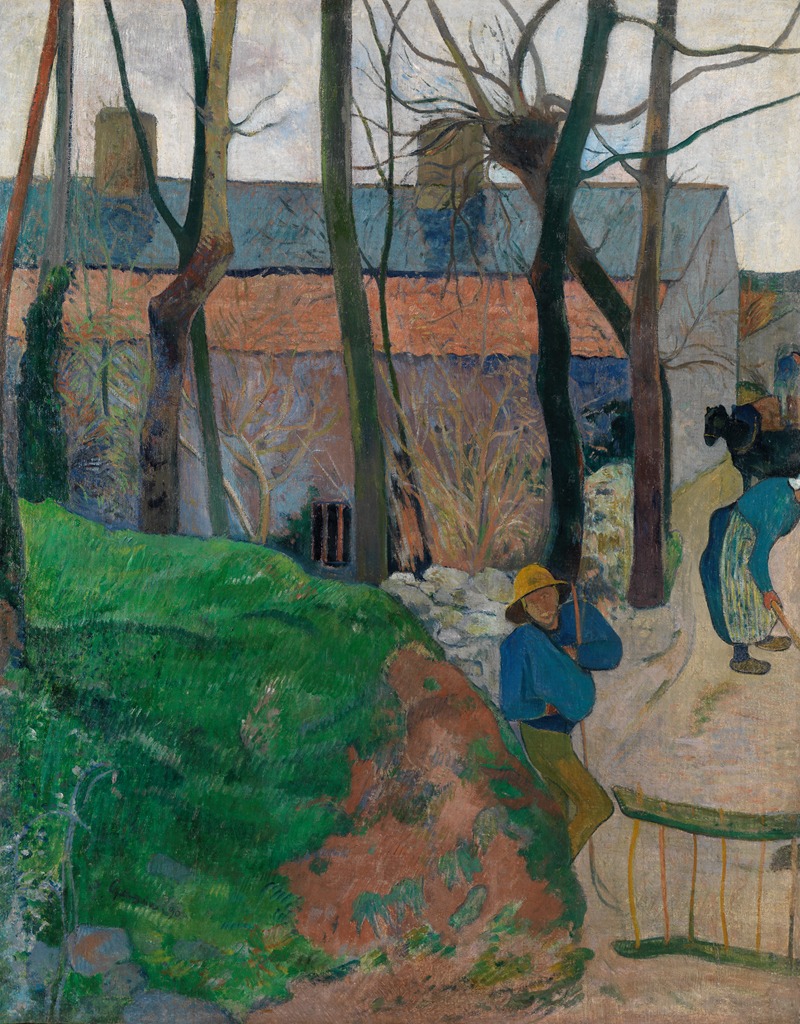
Häuser in Le Pouldu
A hand-painted replica of Paul Gauguin’s masterpiece Häuser in Le Pouldu, meticulously crafted by professional artists to capture the true essence of the original. Each piece is created with museum-quality canvas and rare mineral pigments, carefully painted by experienced artists with delicate brushstrokes and rich, layered colors to perfectly recreate the texture of the original artwork. Unlike machine-printed reproductions, this hand-painted version brings the painting to life, infused with the artist’s emotions and skill in every stroke. Whether for personal collection or home decoration, it instantly elevates the artistic atmosphere of any space.
Paul Gauguin's painting Häuser in Le Pouldu (translated as Houses in Le Pouldu) is a work created during the artist's stay in the small coastal village of Le Pouldu in Brittany, France. Gauguin lived in Le Pouldu from 1889 to 1890, a period that marked a significant phase in his artistic development. This painting reflects his exploration of color, form, and composition, which were central to his Post-Impressionist style.
Le Pouldu, a remote and picturesque village, provided Gauguin with a tranquil environment to experiment with his artistic ideas. During this time, he was deeply influenced by the local Breton culture and landscape, which he sought to depict in a way that went beyond mere naturalistic representation. Instead, Gauguin employed bold colors, simplified forms, and flattened perspectives, aiming to convey an emotional and symbolic resonance in his work.
Häuser in Le Pouldu portrays a cluster of houses in the village, surrounded by the natural beauty of the region. The painting is characterized by its vibrant use of color and the absence of strict realism. Gauguin's approach to this work reflects his desire to move away from the conventions of Impressionism and toward a more expressive and symbolic style. The composition emphasizes the harmony between the built environment and the surrounding landscape, capturing the essence of rural life in Brittany.
This painting is an example of Gauguin's broader artistic philosophy, which sought to transcend the limitations of traditional Western art by incorporating elements of primitivism and symbolism. His time in Brittany, including his stay in Le Pouldu, was instrumental in shaping these ideas. Gauguin's works from this period often feature simplified shapes, bold outlines, and a focus on the emotional impact of color, all of which are evident in Häuser in Le Pouldu.
The painting is now housed in the collection of the Kunstmuseum in Basel, Switzerland. It remains an important example of Gauguin's Post-Impressionist style and his efforts to break away from conventional artistic norms. Through works like Häuser in Le Pouldu, Gauguin laid the groundwork for later modernist movements, influencing artists such as Henri Matisse and Pablo Picasso.
This artwork continues to be studied and appreciated for its innovative approach to color and form, as well as its role in Gauguin's artistic journey. It serves as a testament to the artist's ability to find inspiration in the simplicity of rural life and transform it into a profound visual statement.





